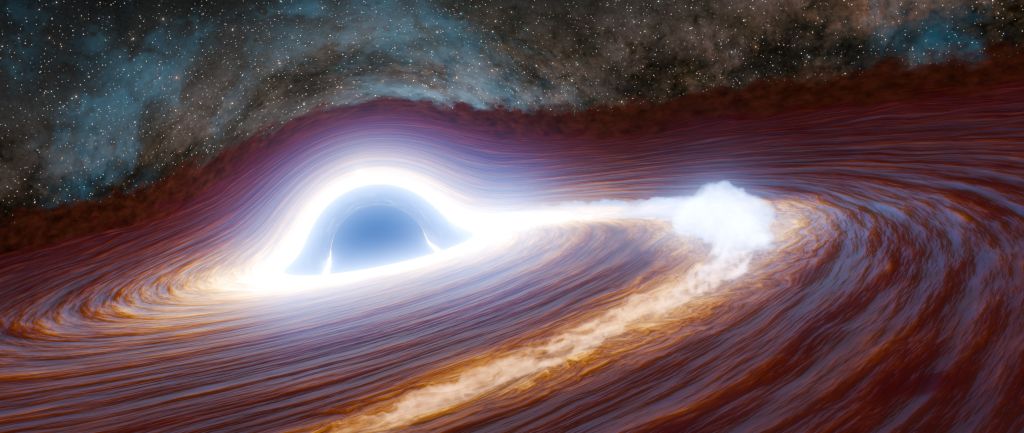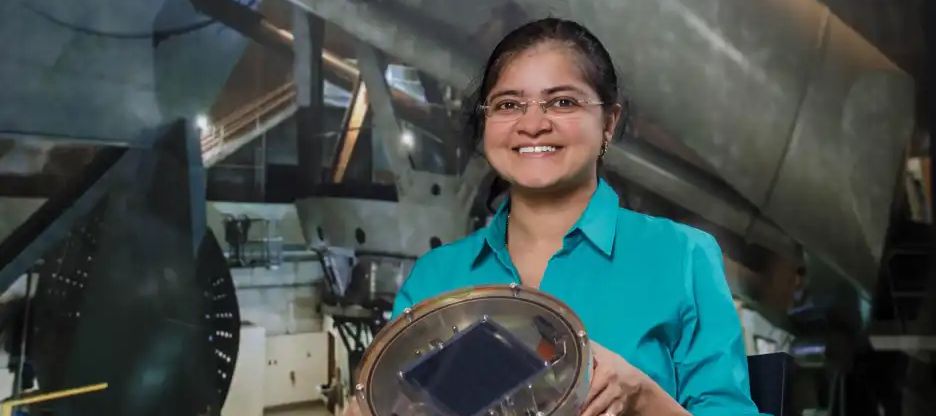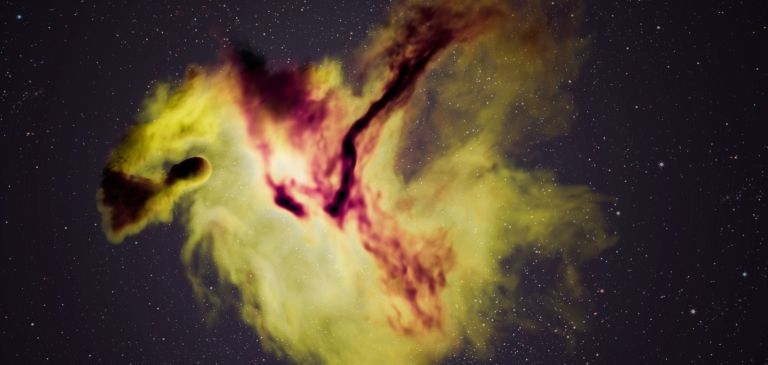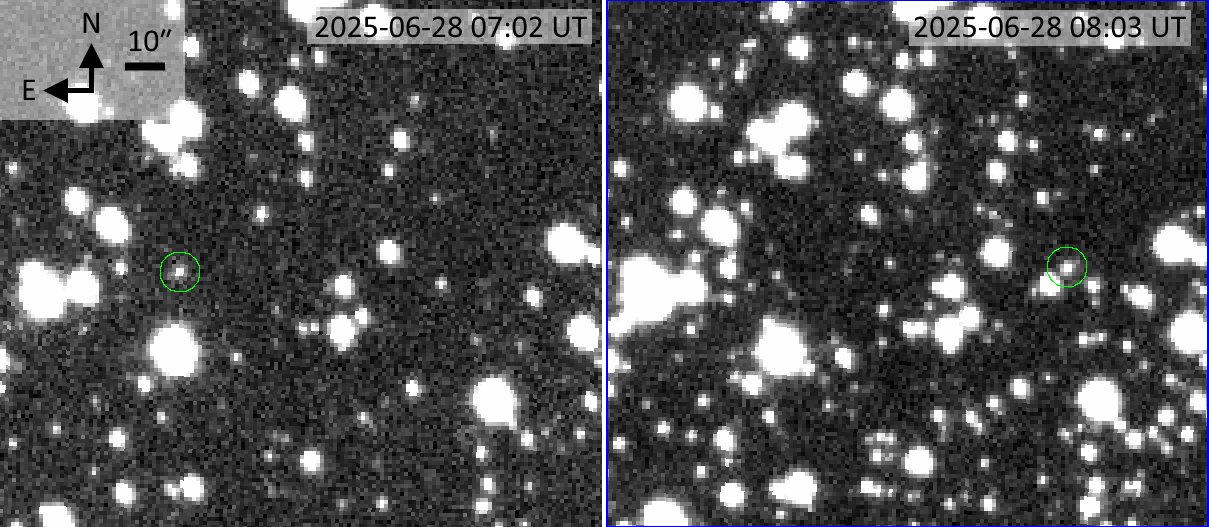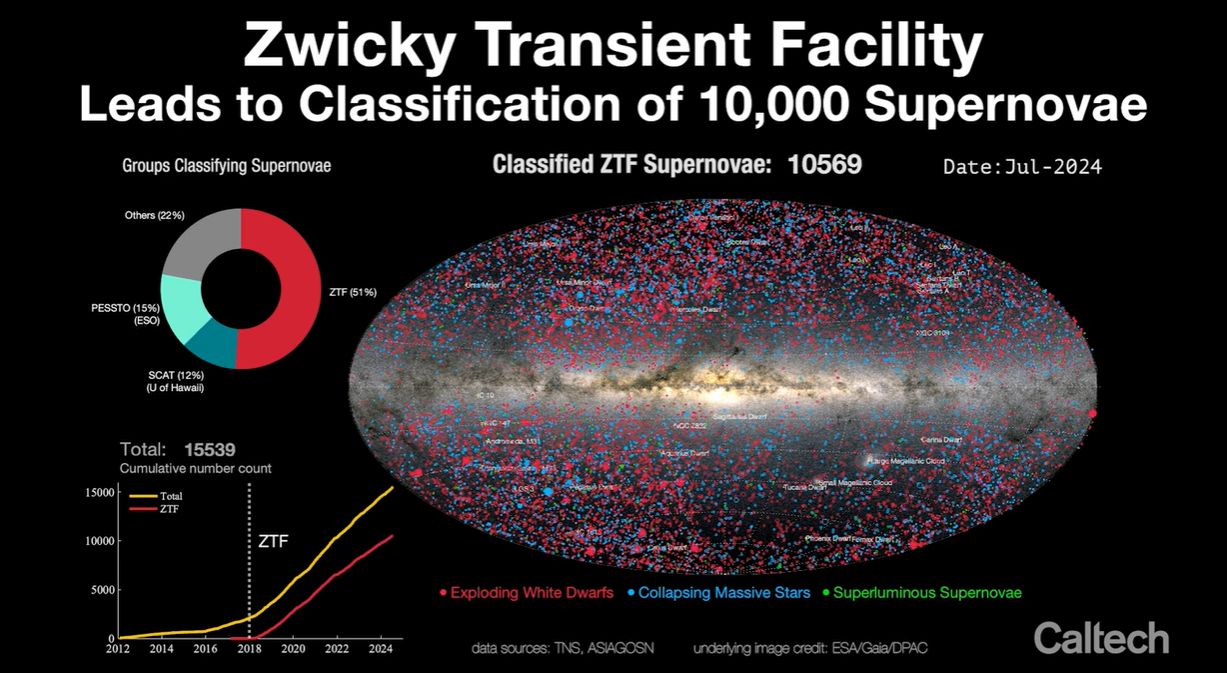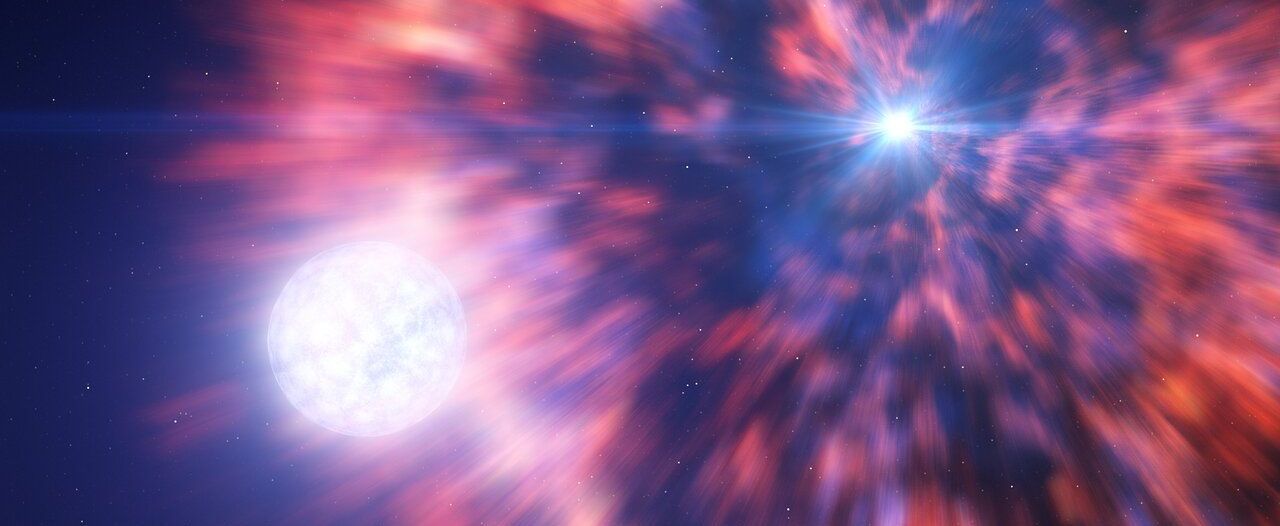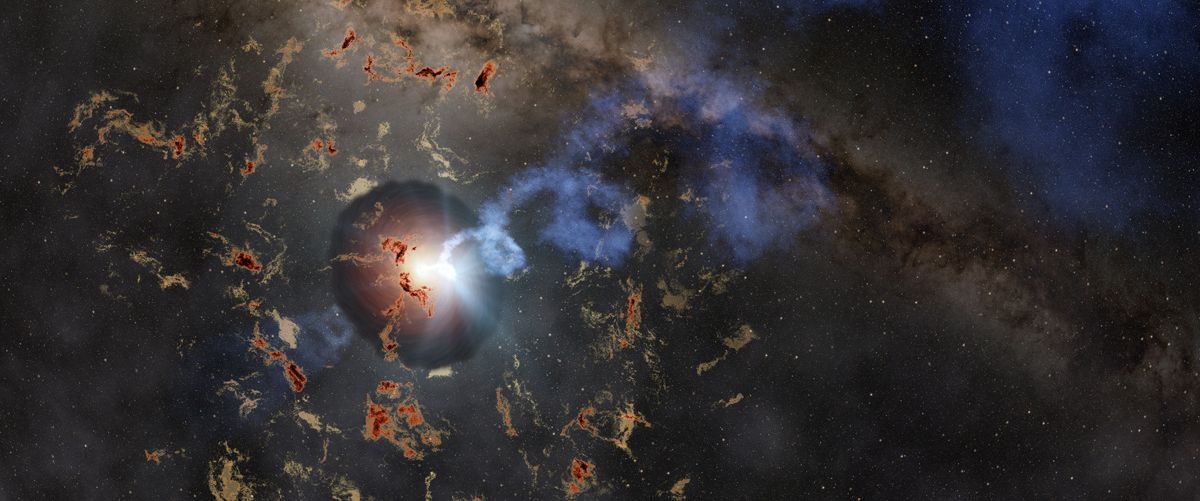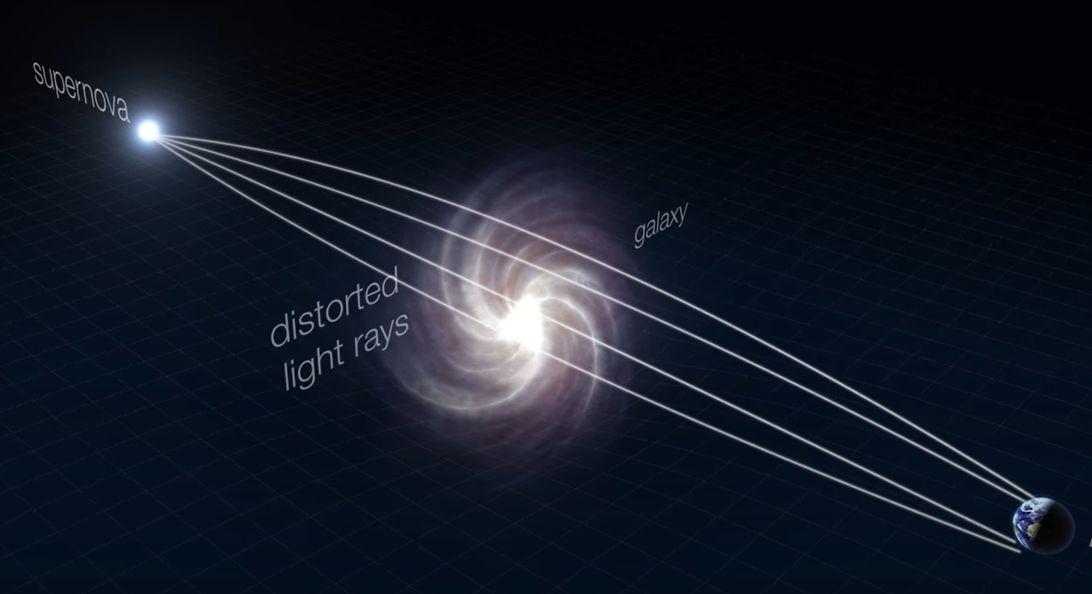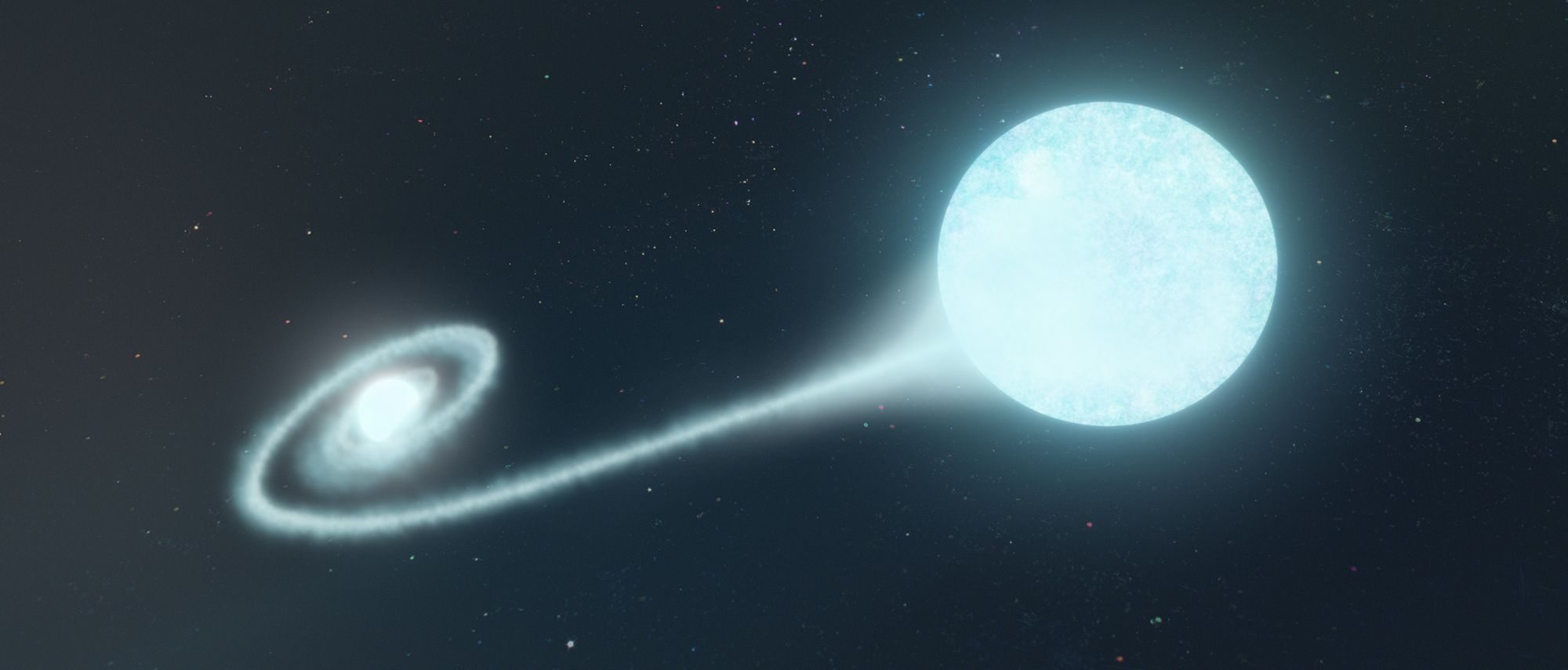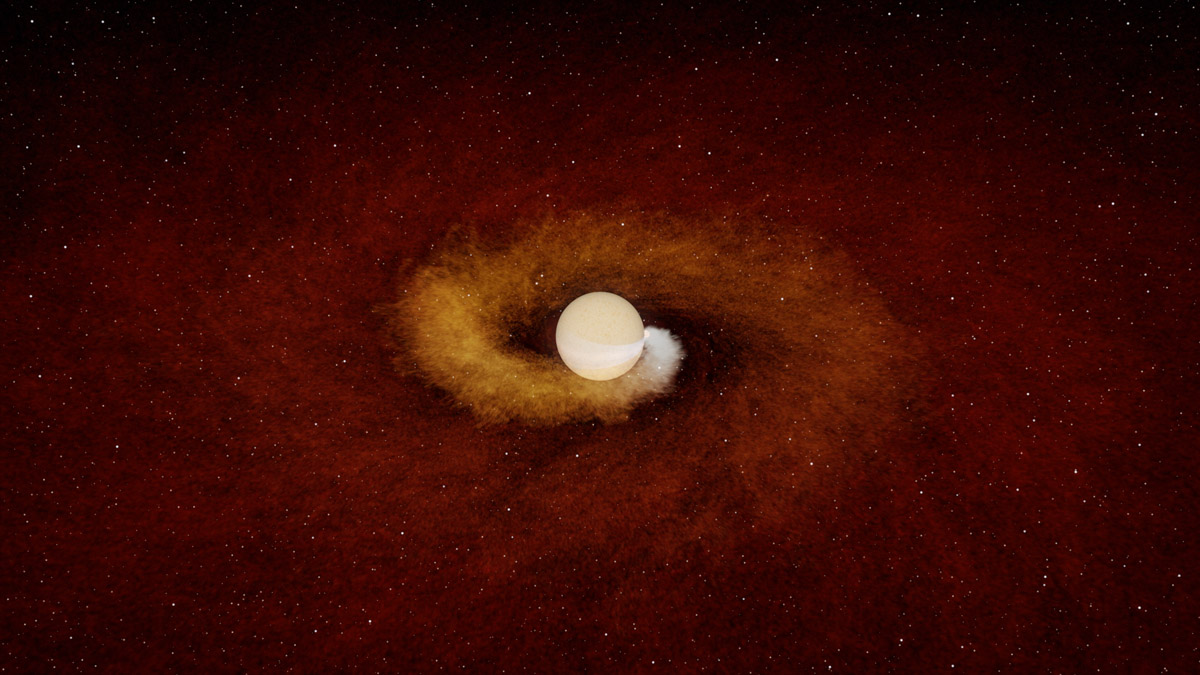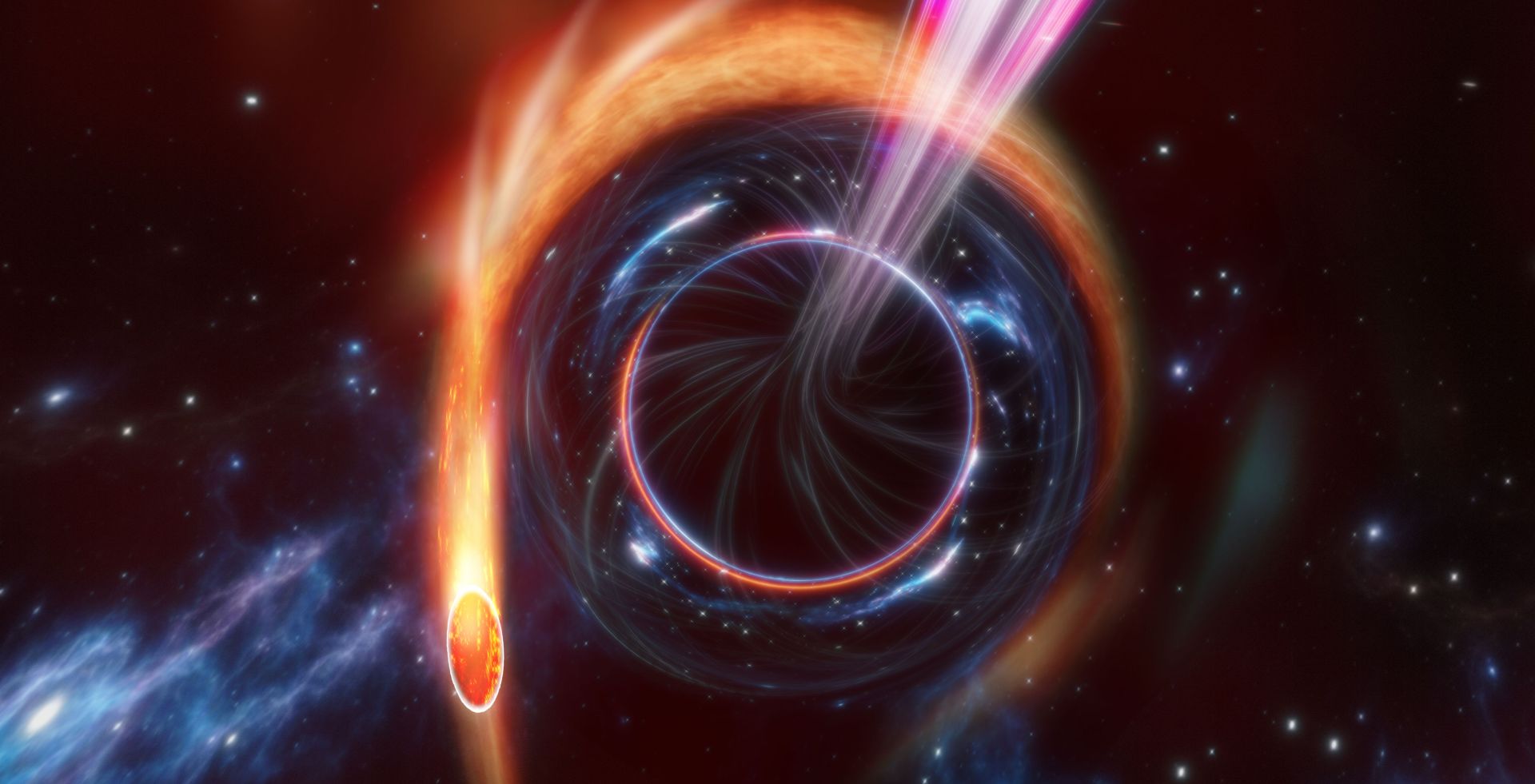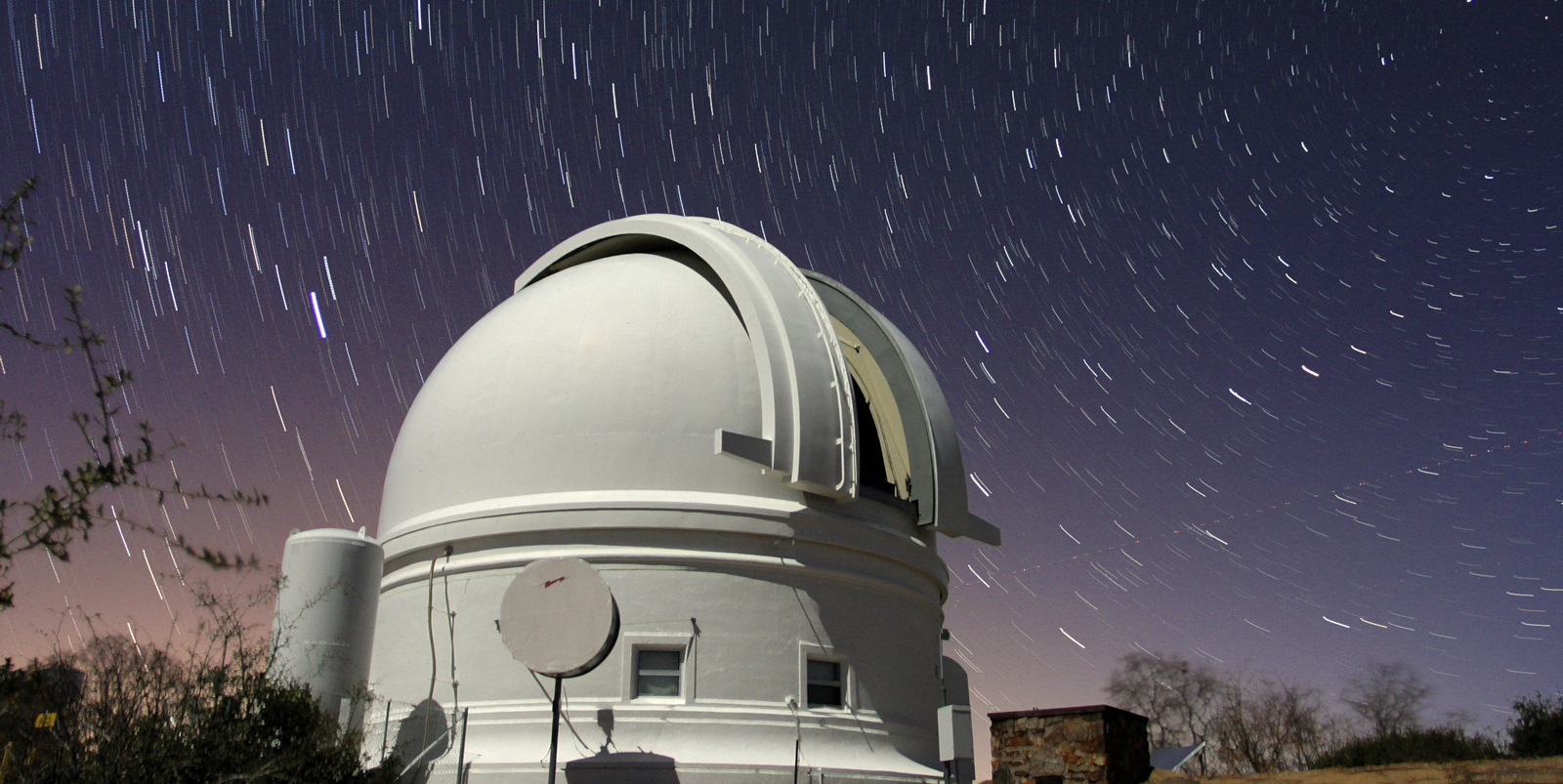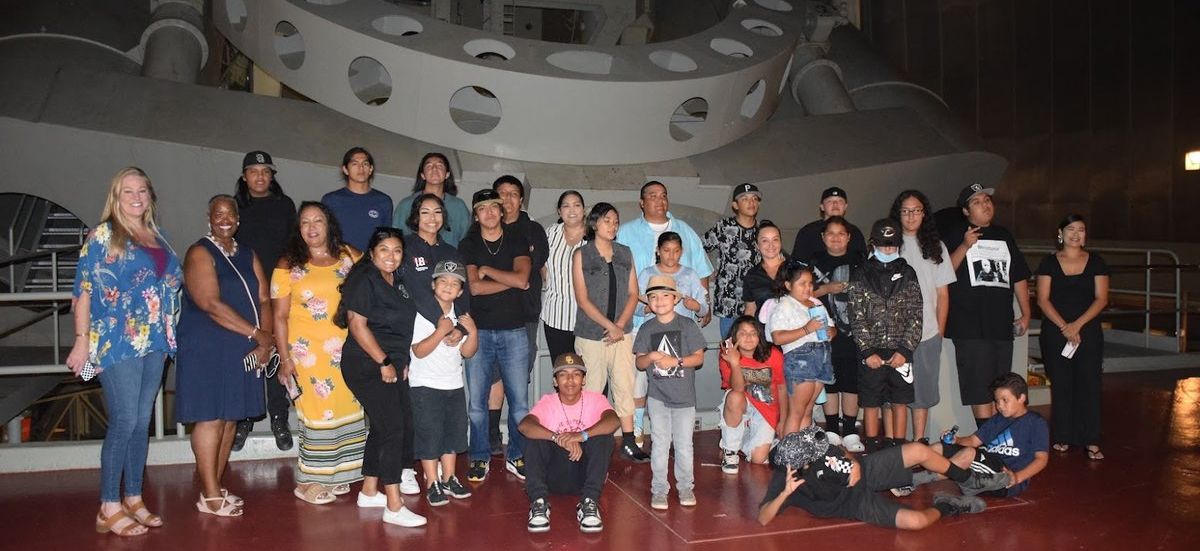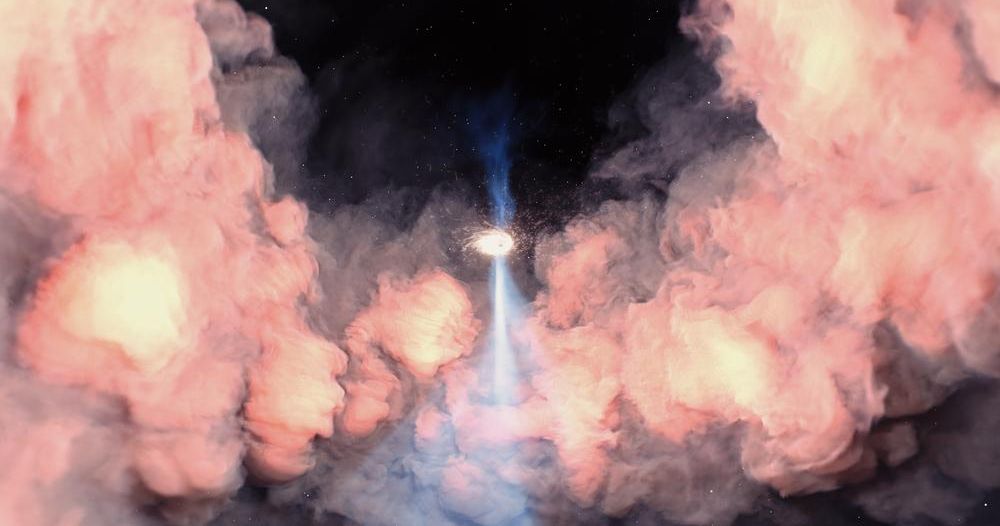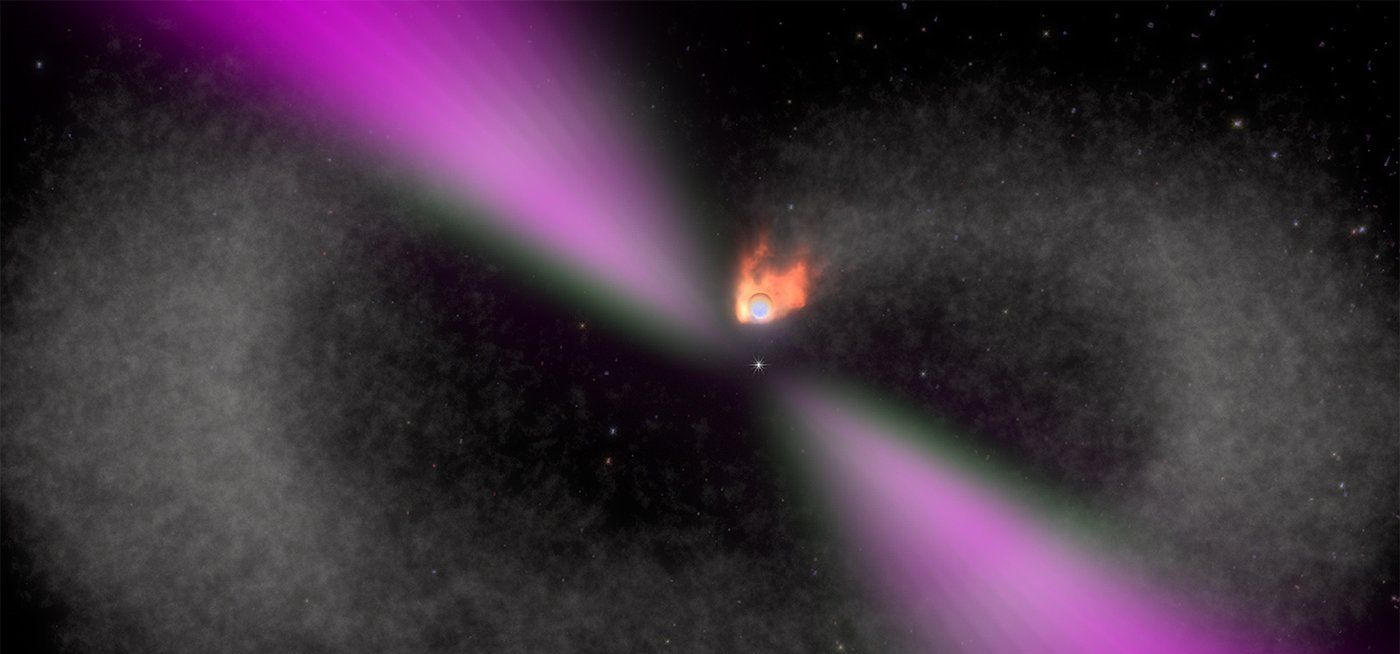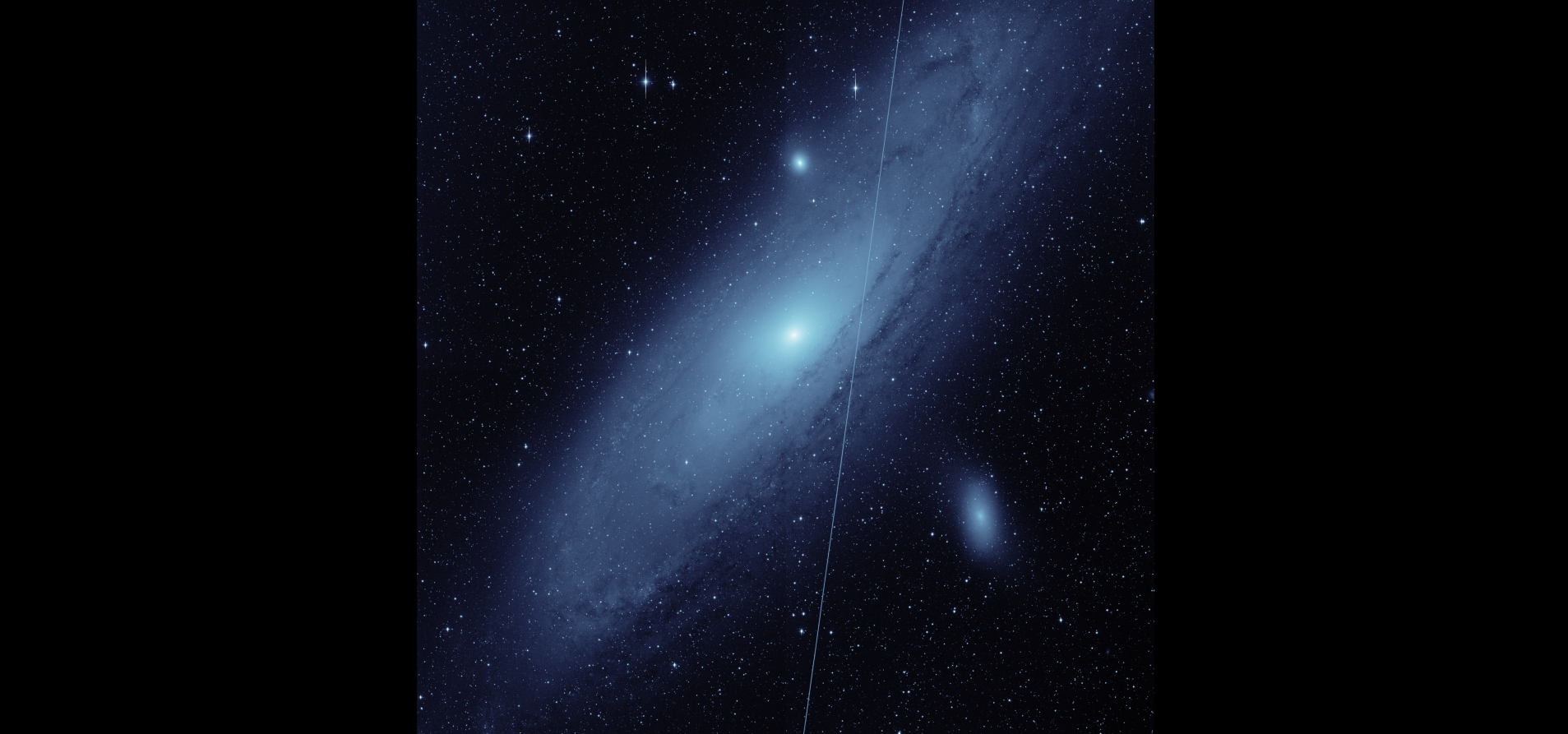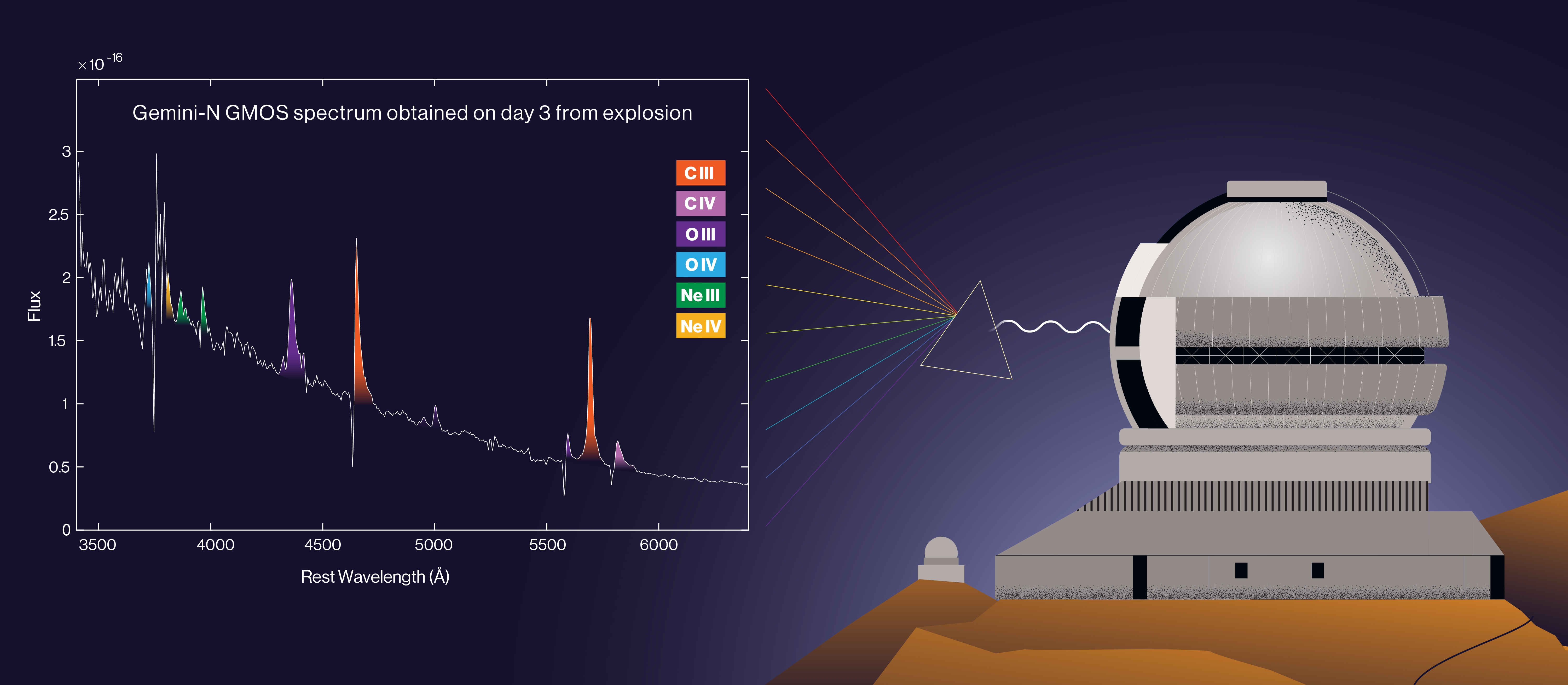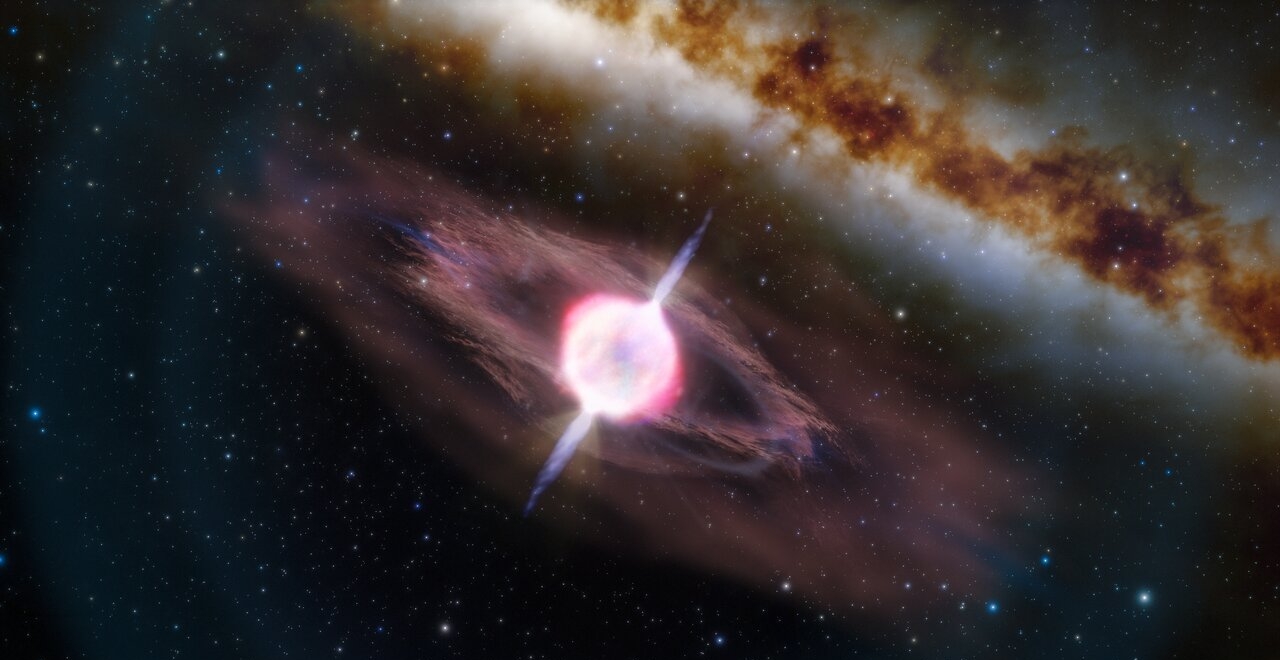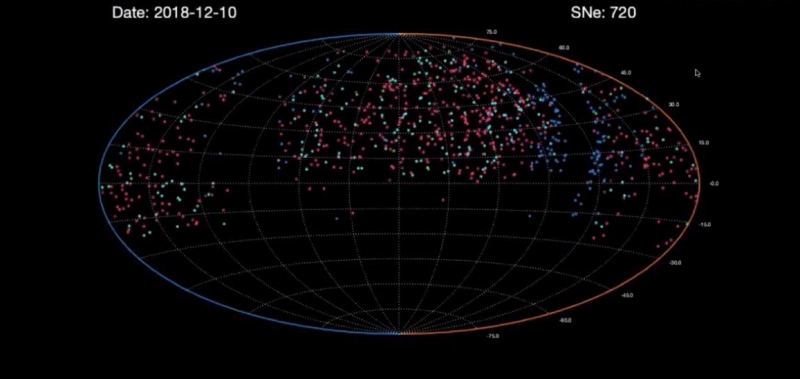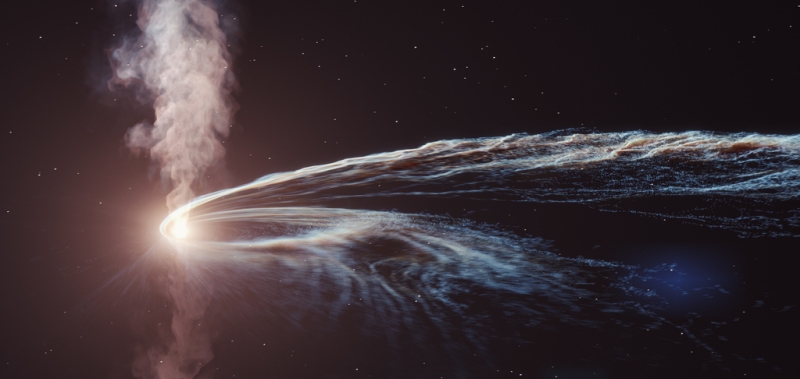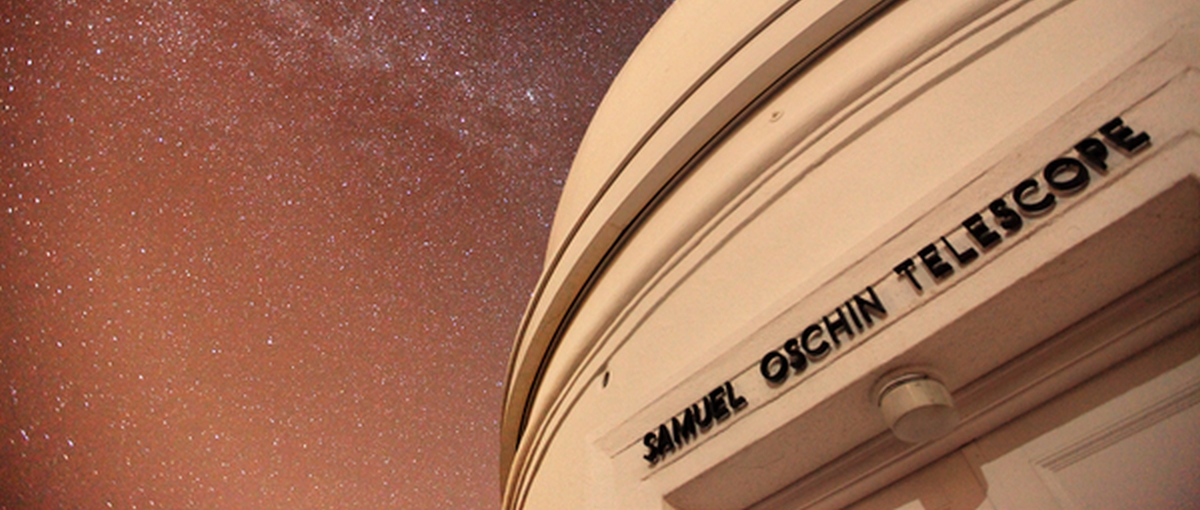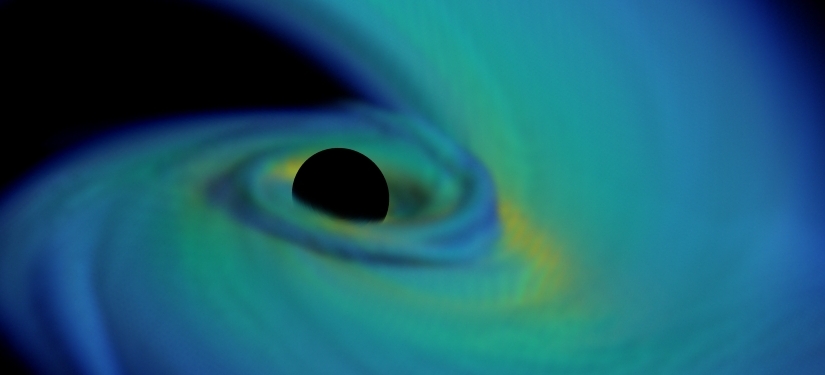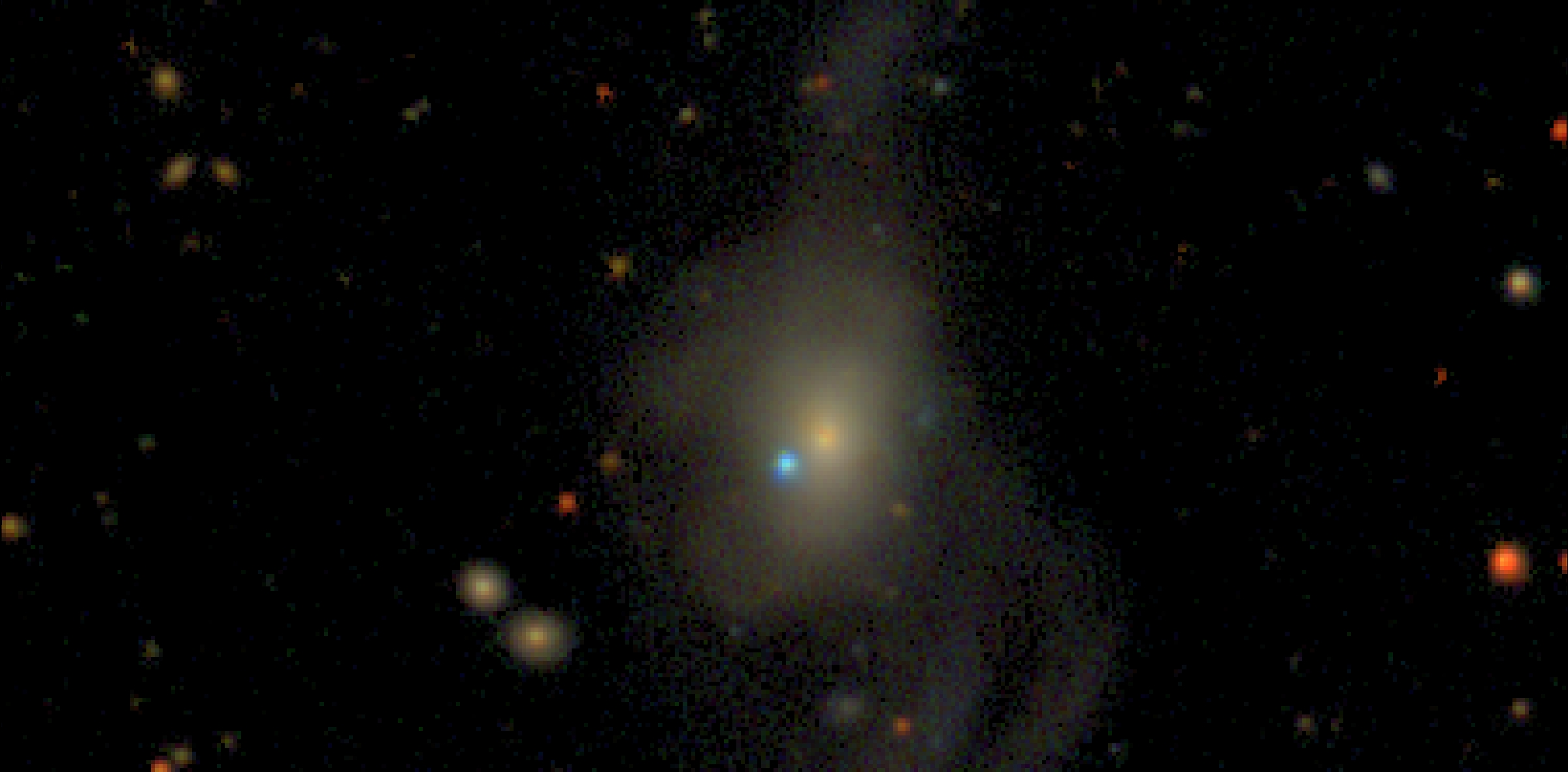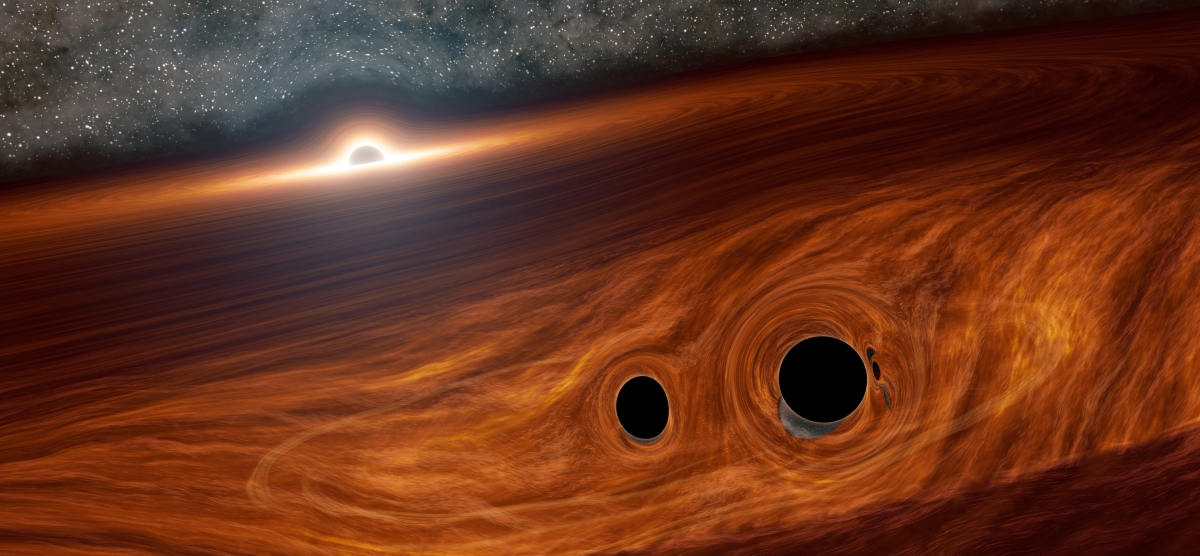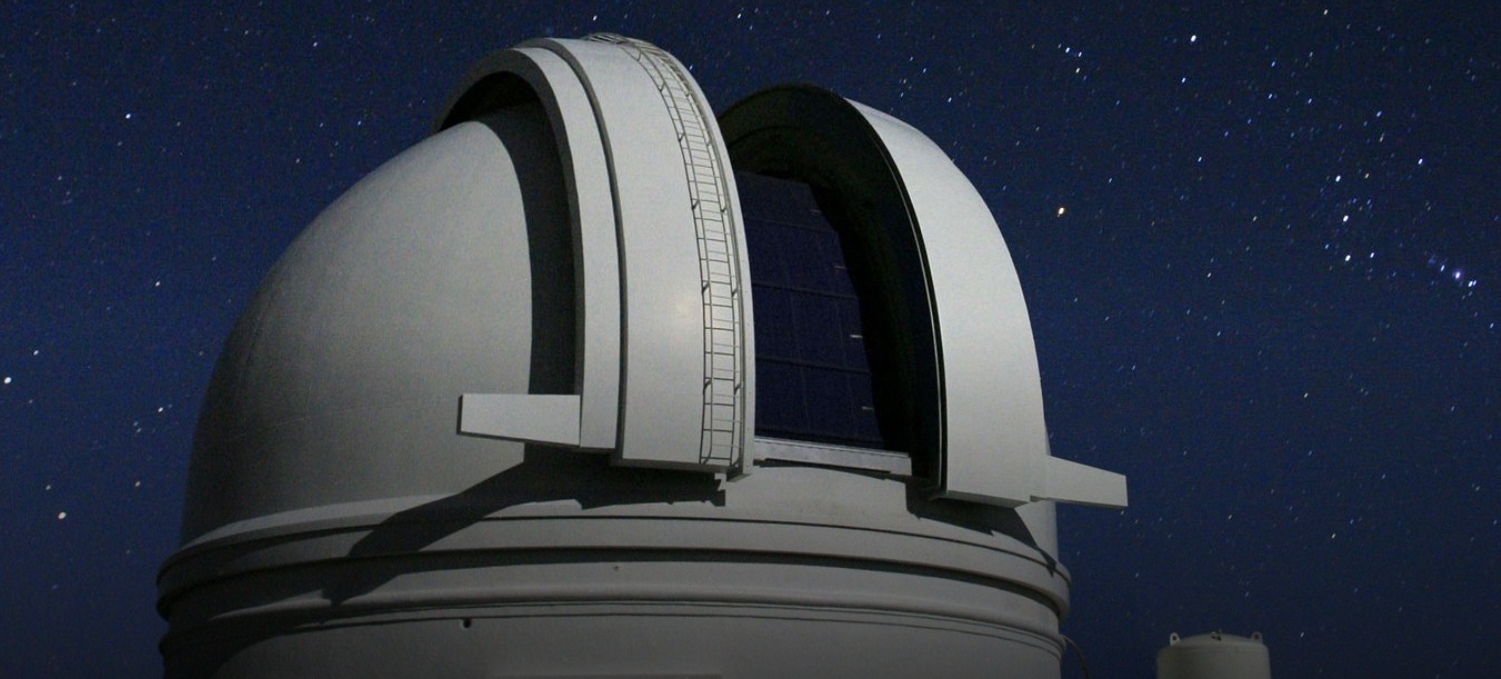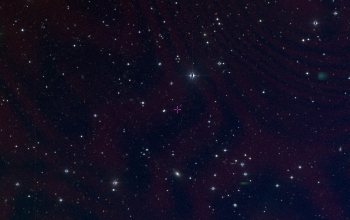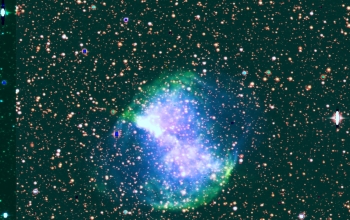ZTF News
You are here : Home / News
Astronomer may have spotted a rare hypothesized merger
Dec 16, 2025 | News
In a new paper published in The Astrophysical Journal Letters, astronomers led by ZTF's principal investigator Mansi Kasliwal describe an oddball cosmic event known superkilonova, or a kilonova spurred by a supernova. Such an event has been hypothesized but never seen. Stiching together data from LIGO/Virgo and multiple optical telescopes, makes the observation of such an event for the first time, a tantalizing possibility.
Astronomers see gravitationally lensed superluminous supernovae for the first time
Dec 12, 2025 | News
In late August this year, the Zwicky Transient Facility was routinely scanning the night sky for transient and variable events. Joel Johansson from the Oskar Klein Center at the University of Stockholm was reviewing the data when an interesting explosion caught his attention. Little did he know at that time that he was seeing the first observations of a gravitationally lensed superluminous supernovae.
Black Hole Flare is Biggest and Most Distant Seen
Nov 4, 2025 | News
The Zwicky Transient Facility stumbled across a spectacular flare which most likely results from a hungry black holes that devoured a massive star. The discovery is published in Nature Astronomy.
Mansi Kasliwal to head Palomar Observatory
Oct 1, 2025 | News
Mansi Kasliwal, the ZTF principal investigator and a professor of astronomy at Caltech is stepping into a new role as a director of the historic Palomar observatory. Mansi's professional journey is intimately weaved with Palomar as she continues to bring innovative instruments to the observatory to enable cutting edge science and push the frontiers of time-domain astronomy.
ZTF catches a never-before-seen flare of a supernova
Sept 4, 2025 | Press release
A large team of astronomers, led by ZTF partners at the Northwestern university stumbled upon a unique explosion of a supernova from a massive star back in Sept 2021. After extensive analysis of the supernova using data from multiple telescopes around the world, the astronomers believe they have seen for the first time the inner layers of a dying star.
ZTF counts more than 10,000 supernovae
Dec 4, 2024 | Press release
In its 7 years of operations, the Zwicky Transient Facility has revolutionized the discovery and classifications of supernovae contributing more than 70% of all detected and 50 % of all recorded classified supernovae. ZTF's Bright Transient Survey is the largest transient survey in the world and it recently tallied over 10,000 supernovae.
ZTF receives more support from the NSF
Oct 3, 2024 | Press release
The Zwicky Transient Facility will continue scientific operations for the next two years thanks to additional 1.6M USD support from the National Science Foundation and financial contributions from continuing and new partners. The grant will allow ZTF to work in tandem with the Vera Rubin Observatory opening up new scientific opportunities.
The aftermath of a supernova seen for the first time
Jan 10, 2024 | Press release
A team of astronomers from the ZTF partnership used ZTF and a suite of other telescopes available to the ZTF partners to discover and analyze supernova SN2022jli. While nothing is uncommon about the name of this supernova, it goes down in history as the first one that revealed to us in near real time what astronomers have long believed and had sparse clues to. When they die, massive stars leave behind the most compact object in the universe we know of - black holes or neutron stars.
The weirdest of them all - a stellar corpse shows signs of life
Nov 15, 2023 | Press release
The Zwicky Transient Facility captured repeated energetic flares from a stellar corpse, a phenomena astronomer are observing for the very first time. The research advances longstanding goals to map how stars’ properties in life may predict the way they will die, and the type of corpse they produce.
Astronomers Discover Extremely Warped Supernova
June 12, 2023 | Press release
Astronomers have captured a bizarre image of a supernova, the powerful explosion of a star, whose light was so warped by the gravity of another galaxy that it appears as multiple images in the sky. This effect, known as gravitational lensing, occurs when the gravity of a dense object distorts and brightens the light of an object behind it.
Radio signals reveal the origin of a supernova
May 17, 2023 | Press release
Astronomers from the Zwicky Transient Facility collaboration based at the University of Stockholm, Sweden have uncovered the origin of a thermonuclear supernova explosion. Strong emission lines of helium and the first detection of such a supernova in radio waves show that the exploding white dwarf star had a helium-rich companion.
ZTF sees a star eating its world
May 3, 2023 | Press release
For the first time, astronomers have caught a star in the act of swallowing a planet whole. The sun-like star, called ZTF SLRN-2020, lies about 15,000 light-years away in our galaxy and is thought to have engulfed a hot gas giant about the size of Jupiter or smaller.
ZTF makes first discovery of a rare cosmic 'lunch'
Nov 30, 2022 | News
Tidal disruption events are violent cosmic displays of a black hole devouring a nearby star. Astronomers uncovered a very rare flavor of such an event in the survey data from the Zwicky Transient Facility.
1000 supernovae classified autonomously with machine learning
Nov 22, 2022 | News
Astronomers from the ZTF collaboration at Caltech have developed a machine learning algorithm that autonomously classifies supernovae and reports them to the global astronomical community for follow up observations. Sieving through millions of supernovae candidates, the algorithm, dubbed SNIascore has now classified 1000 such objects.
Native American tribe names a ZTF-discovered asteroid
June 9, 2022 | News
Members of the Pauma band native American tribe, whose ancestral lands include the Palomar mountain, gathered at the Palomar Observatory to name a unique asteroid discovered back in 2020 by ZTF. "Ayló'chaxnim" or "Venus Girl" is the first asteroid to be found that circles entirely within the orbit of Venus.
ZTF captures a possible candidate of a high-energy neutrino for a second time
June 3, 2022 | News
Led by researchers at DESY, Germany, astronomers have discovered and analyzed an extremely bright tidal disruption event that may be associated with a high-energy neutrino. The discovery was done with the ZTF survey and the study is published today in the Physical Review Letters.
"Black Widow" Star Devours Its Rapidly Circling Companion
May 4, 2022 | News
Astronomers from the ZTF partnership have discovered a black widow star system, in which the stars orbit around each other every 62 minutes—the shortest orbital period observed to date for this type of binary star system.
ZTF Analyzes Impact of Starlink Satellites
Jan 17, 2022 | News
A study of archival images from Zwicky Transient Facility shows an increase in satellite streaks but state that the effect on the science conducted with the ZTF survey is so far minimal.
A Wolf-Rayet star explodes as a supernova
Jan 12, 2022 | Press Release
For the first time, astronomers have observed an extremely massive star - generally suspected to sneakily die as a black hole - explode in a supernova. The team of astronomers, led by a team from the Weizmann Institute of Science, Israel, made the initial discovery back in June 2019 with the Zwicky Transient Facility.
Astronomers discover an unusually short gamma-ray burst from the death of a massive star
July 26, 2021 | Press Release
On Aug. 26, 2020, NASA’s Fermi Gamma-ray Space Telescope detected a pulse of high-energy radiation that had been racing toward Earth for nearly half the present age of the universe. Lasting only about a second, it turned out to be one for the record books – the shortest gamma-ray burst (GRB) caused by the death of a massive star ever seen.
A White Dwarf Living on the Edge
June 30, 2021 | Press Release
Astronomers have discovered the smallest and most massive white dwarf ever seen. The smoldering cinder, which formed when two less massive white dwarfs merged, is about 4,300 kilometers across, or somewhat larger than Earth's moon.
Machine learning helps astronomers classify dying stars
April 28, 2021 | News
Astronomers from the Zwicky Transient Facility team announce the first fully automated classification of Type Ia supernova.
A hungry black hole first discovered by ZTF is the likely source of a rare neutrino
Feb 22, 2021 | Press Release
Neutrinos are abundant subatomic particles that are notoriously hard to detect. It's even harder to pinpoint their source and study their origin. Using ZTF as part of a program specifically designed to follow up neutrino detections, astronomers led by a team at Deutsches Elektronen-Synchrotron (DESY) have linked a neutrino caught by the IceCube Neutrino Observatory to a tidal disruption event, dubbed AT2019DSG.
ZTF receives NSF support for phase II
Oct 26, 2020 | News
Thanks to continued funding from the National Science Foundation in the USA and partner institutions, the global ZTF partnership will continue to operate ZTF in the coming three years. The end of ZTF Phase II in Sept 2023 will also marks the rise of the Vera Rubin Observatory.
Astronomers gather clues about unseen cataclysmic collisions
Sept 14, 2020 | News
Two large international collaborations of astronomers joined forces to look for light from some of the most cataclysmic events – the collisions of a neutron star and black hole. They did not find it this time, but the scientific journey has provided important insights on how to better hunt for these colossal, yet elusive phenomena in the future.
ZTF Finds Closest Known Asteroid to Fly By Earth
August 18, 2020 | News
On August 16, the Zwicky Transient Facility (ZTF), a robotic survey camera located at Palomar Observatory near San Diego, spotted an asteroid that had, just hours earlier, traveled only 1,830 miles (2,950 kilometers) above Earth's surface. Designated 2020 QG, it is the closest known asteroid to fly by Earth without impacting the planet. The previous known record-holder is asteroid 2011 CQ1, discovered by the Catalina Sky Survey in 2011, which passed above Earth about 1,550 miles (2,500 kilometers) higher than 2020 QG.
Spectacular Ultraviolet Flash May Finally Explain How White Dwarfs Explode
July 23, 2020 | News
For just the second time ever, astrophysicists have spotted a spectacular flash of ultraviolet (UV) light accompanying a white dwarf explosion. An extremely rare type of supernova, the event is poised to offer insights into several long-standing mysteries, including what causes white dwarfs to explode, how dark energy accelerates the cosmos and how the universe creates heavy metals, such as iron.
Black Hole Collision May Have Exploded with Light
June 15, 2020 | Press Release
With the help of Caltech's Zwicky Transient Facility (ZTF), funded by the National Science Foundation (NSF) and located at Palomar Observatory near San Diego, the scientists have spotted what might be a flare of light from a pair of coalescing black holes. The black hole merger was first witnessed by the NSF's Laser Interferometer Gravitational-wave Observatory (LIGO) and the European Virgo detector on May 21, 2019, in an event called S190521g. As the black holes merged, jiggling space and time, they sent out gravitational waves.
First Asteroid Found Inside Orbit of Venus
Jan 15, 2020 | Press Release
A rare asteroid orbiting snugly within the inner confines of our solar system has been discovered by Caltech's Zwicky Transient Facility, or ZTF, a survey camera based at Palomar Observatory. The newfound body, named 2020 AV2, is the first asteroid found to orbit entirely within the orbit of Venus.
ZTF Newsletter
-
Read the end-of-year reflections of ZTF members from around the world on how ZTF has pushed science forward, browse through the latest science highlights, science vlog and "how-to" guide.
View the current issue of Cosmic Newsflash.
-
Two new science vlogs on the dimmest type Iax supernova and the discovery of "the Camel" and stripped-envelope supernovae are brighter than models suggest.
-
Download educational resources from the ZTF summer school and watch our latest vlog on a new pipeline for real-time detection of fast transients.
The ZTF public newsletter Cosmic Newsflash aims to inform the international time-domain astronomy community about the latest data releases and activities in the ZTF partnership.


